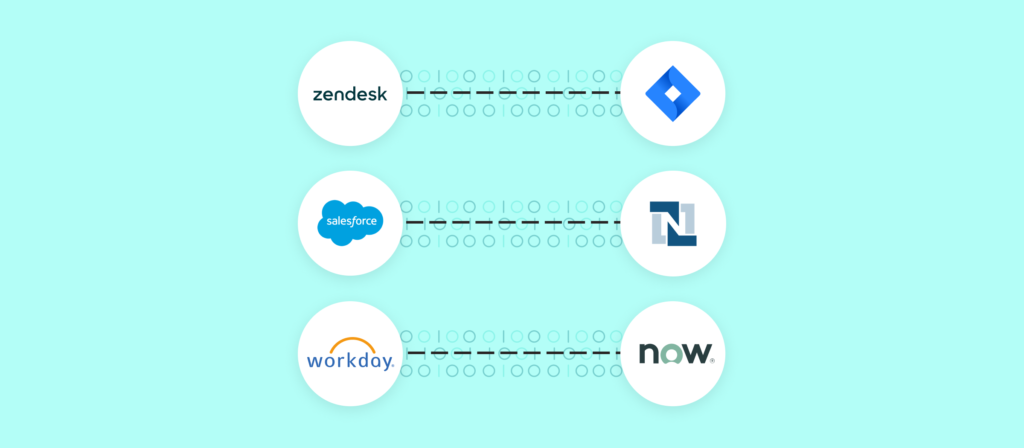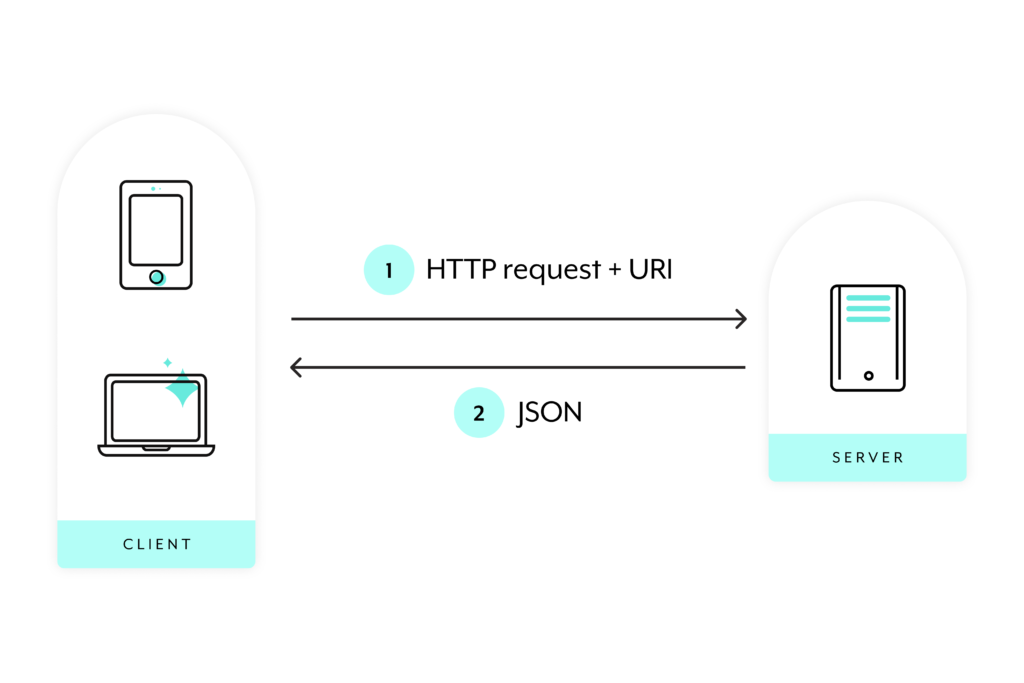REST APIs can play a foundational role in syncing data across systems and automating business processes.
This holds true for a variety of systems, whether that’s your customer-facing applications, HR systems, or your finance applications; and it applies to any number of business processes, from employee onboarding to lead routing to incident management.
To help you make full use of REST APIs, we’ll cover a few common use cases. But to start, let’s align on a few terms.
What is a REST API?
A REST (representational state transfer) API is an application programming interface that follows a specific set of guidelines.
Here’s how it works, in fairly simple terms:
A client, or a person/program, makes an API call to a server for a specific resource using the hyper-text transfer protocol, or HTTP. This includes a specific HTTP request (GET, DELETE, POST, or PUT are the most common) and a URI—uniform resource identifier—, or endpoint, which specifies where the resource lives. Once the server validates the request, it returns information, often in JSON format, so that it’s easily readable.
Related: What is an integration solution?
What is REST API integration?
REST API integration, or REST integration, simply involves connecting applications via their REST APIs. This can be implemented in-house or through a 3rd-part solution (e.g. an integration platform as a service).
REST API integration examples
To better understand how REST API integrations can function, let’s review a few impactful use cases:
Add new hires to the appropriate systems
As new employees join your organization, you’ll want to add them to specific systems quickly and with minimal manual effort. To ensure this happens, you can connect your HRIS with specific applications via their REST APIs and build a workflow where once a new employee gets added to the HRIS, they’re also added to the connected systems in near real-time.
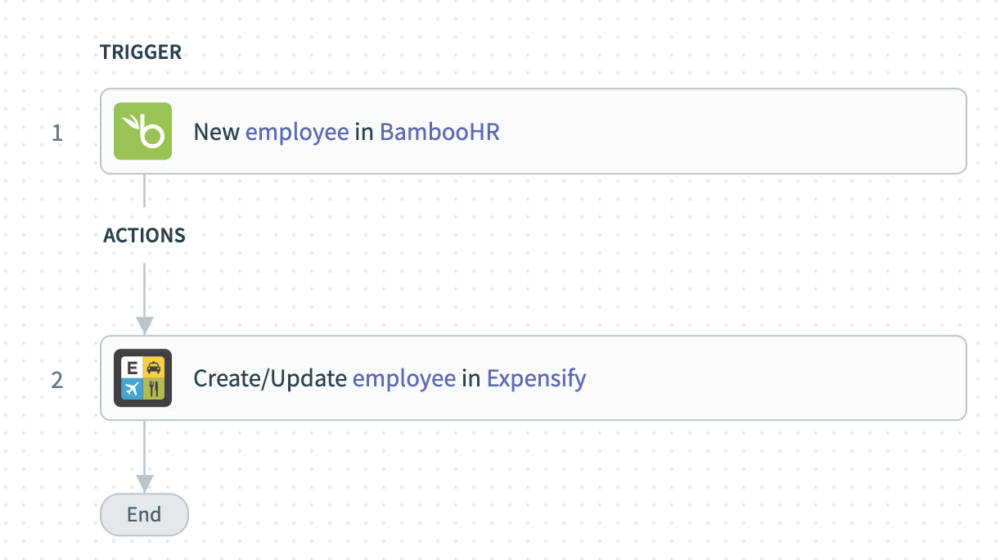
Sync cases across your systems
As your engineers work through issues that impact clients, your customer-facing employees will want to stay in the loop. To ensure they are, you can integrate the issue and project tracking software your engineers use (e.g. Jira) with your CRM (e.g. Salesforce) and build the following workflow:
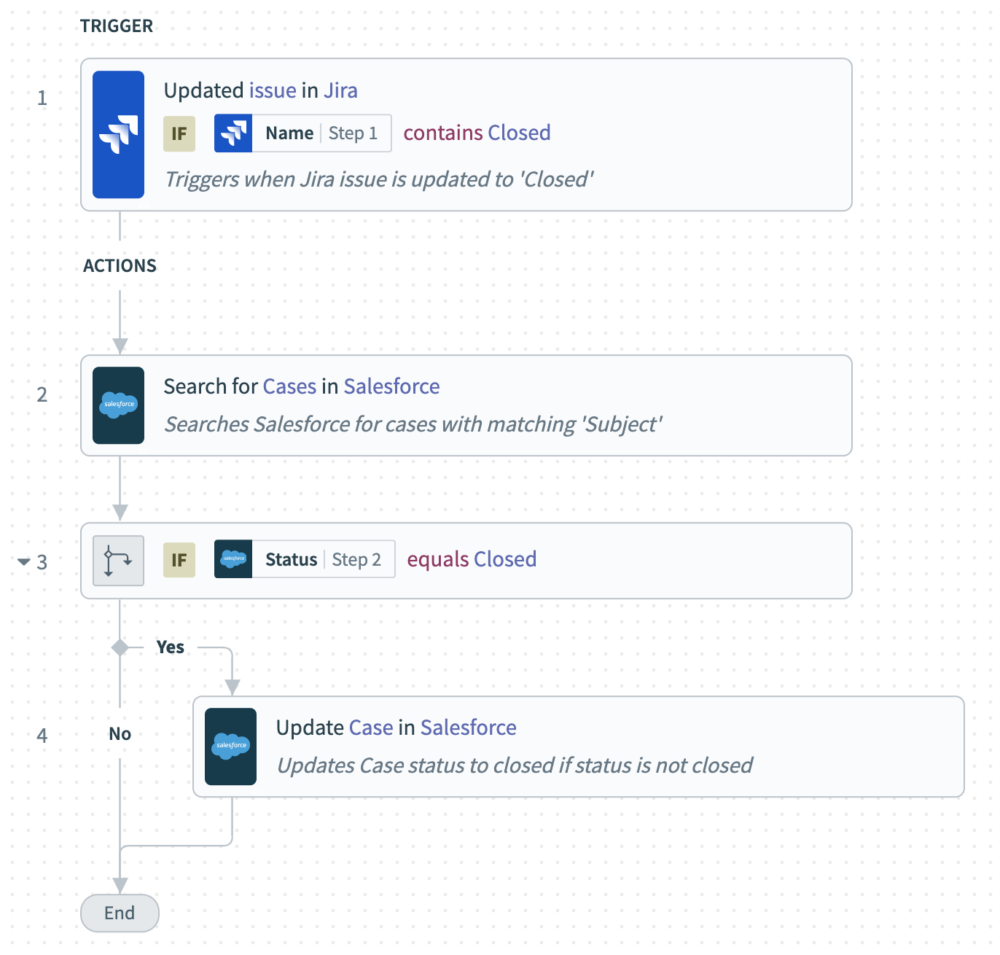
1. Once an engineer updates an issue’s status to “Closed”, the workflow gets triggered.
2. If the corresponding case in your CRM is also marked as “Closed”, the workflow ends; if it isn’t, its status also gets updated to “Closed”.
Related: Common iSaaS use cases
Add new leads to your CRM
Your leads likely come from a variety of sources, whether that’s paid ads, email campaigns, or events.
To ensure your sales reps become aware of any lead and respond to each promptly, you can connect the systems that leads come in from with your CRM using their REST APIs. From there, you can build workflows where once a lead comes in from one of these source systems, it gets added to your CRM in near real-time.
Here’s how this can work in the case of a lead coming in from an event management platform, like Eventbrite:
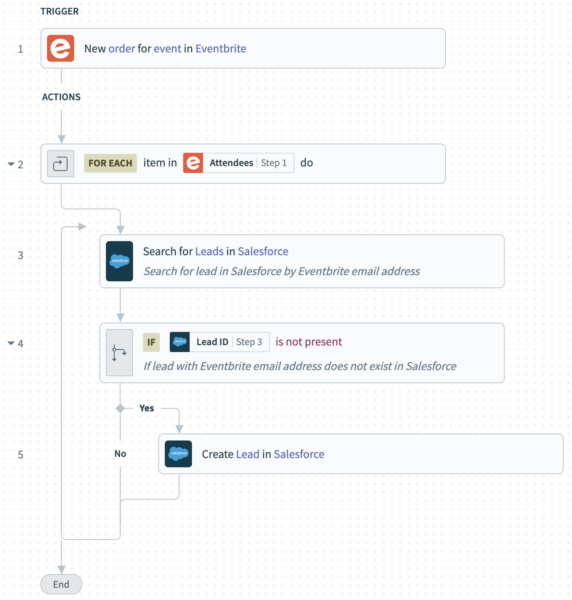
1. Once an order for an event gets placed, the workflow gets triggered.
2. If the lead doesn’t already exist in your CRM (i.e. if the lead’s email address isn’t found in your CRM), it gets added; if it already exists, the workflow ends.
Benefits of REST API integration
Here are just some of the benefits you can expect from using REST APIs:
- Since REST APIs are purpose-built for integration, they offer high performance and stability.
- They allow employees to avoid the time-consuming, error-prone task of hopping between applications to re-enter information; instead, employees can find up-to-date information within the applications they use without having to take any action.
- They can move data in milliseconds, all but ensuring that your employees can find the data they need to perform time-sensitive tasks successfully (e.g. responding to a warm lead).
- They aren’t vulnerable to breaking when there are changes to an application’s UX.
- They are an extremely popular API architecture; case in point: 89% of respondents in Postman’s State of the API Report said they use it. This means that if you’re looking to integrate applications via their APIs, they’re more than likely to offer them in REST.
Related: Best practices for building API integrations
Integrate applications via REST APIs with ease by using Workato
While REST APIs are clearly an invaluable way to connect apps, the process of building to REST APIs and maintaining the connections can prove complex and time intensive for your developers.
To help streamline your team’s efforts, Workato, the leader in enterprise automation, offers more than a thousand pre-built connectors to SaaS applications and databases; moreover, for any application that doesn’t have a pre-built connector, you can still connect it to Workato by using our HTTP connector or SDK.

Want to learn more?
Discover the full scope of Workato’s integration capabilities and learn how the platform can help you automate business processes end-to-end by speaking to one of our automation experts.
